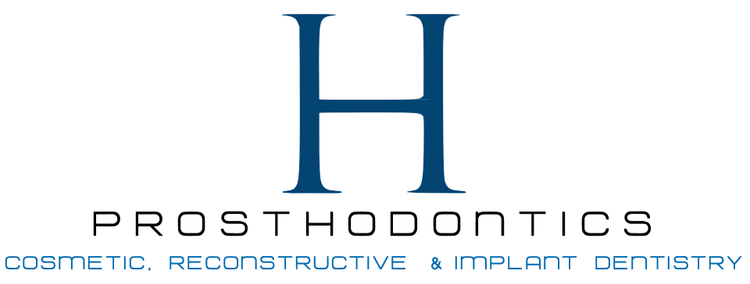man made, nature inspired
Crowns
Crowns, commonly referred to as “caps”, are fixed prosthetic restorations made to restore a damaged tooth to its original shape and size. Although they sometimes extend down onto the root surface, crowns essentially replace the outer aspect of the “crown” part of a natural tooth, so it makes sense that the restorations are called “crowns.”
Whenever teeth are badly damaged, cracked, broken, or misshapen, crowns are the most effective solution. Crowns restore the appearance, shape, and alignment of a damaged tooth. They’re permanently cemented and once affixed, the crown fully encases the portion of the damaged tooth that sits above the gum line. Crowns are custom made to fit over each tooth. They can be made of a variety of different materials, including ceramics, porcelain-and-metal, gold, or zirconia.
fixed partial denture (bridge)
Fixed partial denutres, or commonly refered to as a “bridge”, is a prosthesis (replacement part) that relies on support from healthy teeth surrounding the gap left by a missing tooth or teeth. The artificial replacement tooth is called a “pontic” after the French “pont” for bridge. The healthy adjacent teeth, called abutments, provide support on either side — just like a bridge spanning a canyon.
In order for the abutment teeth to provide this crucial support, they must be crowned or “capped.” The process for doing this is the same as if these teeth needed crowns for any other reason — trauma or significant decay, for example. The crowns on the abutment teeth will be attached to a false tooth (pontic) in between. The pontic is really just another crown; the difference is that it has no tooth underneath. They to can be fabricated
What Material is best for me?
advantages
low chipping and fracture rate
superior structural integrity
monolithic structure and glass-ceramic system of lithium disilicate allows the material to take on translucent and light diffusing properties
unlike porcelain-fused-to-metal crowns (PFM), all-porcelain crowns don’t have a problem of a dark line as they all made of white porcelain that perfectly imitates your natural tooth enamel
all porcelain & ceramic
Porcelain restorations offer the most aesthetically pleasing results. Dental porcelain comes in a wide selection of shades. The dentist and lab technicians will meticulously match the material to the natural color of your smile.
disadvantages
all porcelain restorations require slightly more reduction of tooth structure during preparation to maximize the thickness of porcelain and therefore increased strength
bridge restorations require a thicker connection between crowns for strength, which compromises the aesthetics
less suitable for applications where stress concentrations can be high
rough surface will abrade the opposing enamel of a tooth
superior strength and longevity
highly resistant to corrosion, fracture and wear due to its strength
high tolerance of biocompatibility
very resistant to wear while gentle to adjacent teeth
minimal amount of healthy tooth removal is necessary due to the strength of the metals
can be polished and finished to a higher degree than other materials
seals well to prevent leakage and recurrent tooth decay
Full Cast Gold
The ultimate in strength and durability, gold restorations have been used in dentistry for decades with continued success. Typically indicated for instances of excessive force, high impact strength, gold can withstand the parfunctional forces of clenching and grinding. An alloy customarily comprised of predominantly gold and lesser amounts of platinum and paladium.
undesired aesthetics as a restorative material
superior structural integrity
better indicated in the fabrication of short and long span bridges
long term clinical durability
less preparation of the teeth than all porcelain restorations
good esthetics and good resistance to staining
Porcelain fused to metal
PFM crowns are relatively esthetic restorations that have been in use for more than 40 years. They combine the best of both worlds, a crown made of “precious or noble” metal (gold or platinum), which is strong, fits precisely and is bonded/cemented to the tooth.
the design of the metal (0.3mm) is required to provide sufficient support and strength
metal display can result at the thin marginal area of the crown, resulting in a greying of the soft tissue over time
opaque porcelain is essential to mask the color of the metal alloy, making the crown have an opaque appearence
excellent aesthetic properties allows matching to the adjacent teeth
extremely strong, requiring less tooth preparation than other materials
biocompatible
Full Zirconia
Maximum strength and hardness, but as a monolithic material the shade and color can be monchromatic. With an experienced laboratory layered porcelain can customize and enhance the esthetics.
a very opaque material but can be layered with porcelain, further improving its aesthetic appearance
difficult to adjust because of the extreme hardness of the material
can be extremely abrasive to opposing natural teeth







